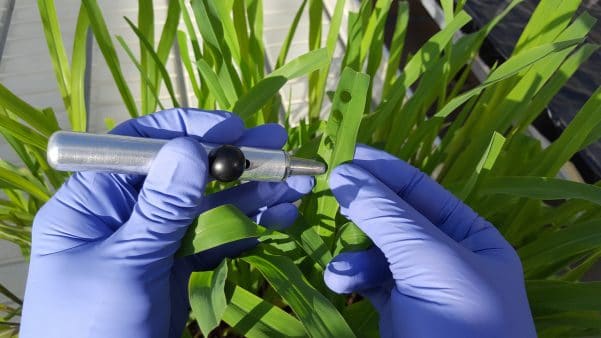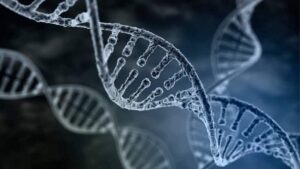Genotyping is the process revealing differences in the genetic signature (genotype) of plants by reviewing their DNA sequence. It’s a molecular way to unravel the agronomics’ potential secret of each plant, as soon as you know where to look at, on its DNA strands.
For many years, it helped speeding up our breeding activity by choosing the best candidates, which carry the yield, disease resistance, quality performance genes, and also by identifying new DNA-linked markers that are associated with the field-evaluated agro-characteristics: as soon as you may know which DNA part could significantly contribute to a target trait, the information could then be implemented into the routine genotyping-associated selection process.
Genotyping is only worth when combined with robust phenotyping data. The EURALIS Lab Team still works in close collaboration with the other Research Department Teams, so that the molecular data could be statistically associated with the field-associated evaluations. Phenotyping currently involves analyses as diverse as yield, height, morphology, disease and drought resistance measures, together with chemical content assays (e.g.protein, oil, fatty acid content). Various tools, either on board on the combined harvesters or in the lab (such as liquid gas chromatography) are necessary to get a full picture of our germplasm characteristics.
Consequently, to robust associations between genotypes and phenotypes of field-tested plants, genotyping could be used for electing the right plants at the earliest: greenhouse grown plantlets are sampled, as early as they can afford missing part a leaf. The leaf punches are then ground, to destroy the cell wall and the chemically-extracted DNA is analyzed further on. Genotyping could then be considered as a predictive tool, giving information about the field performance potential of 2 week-old seedlings. Then, the best candidates, passing through the exams of having inherited of all the required-trait associated genes, will go on the process a trial testing in various locations.
Combining various analytical tools appears as a clue for optimizing the research resources and decrease the time-to-market of new hybrids from 10-15 years down to 7-10 years.








